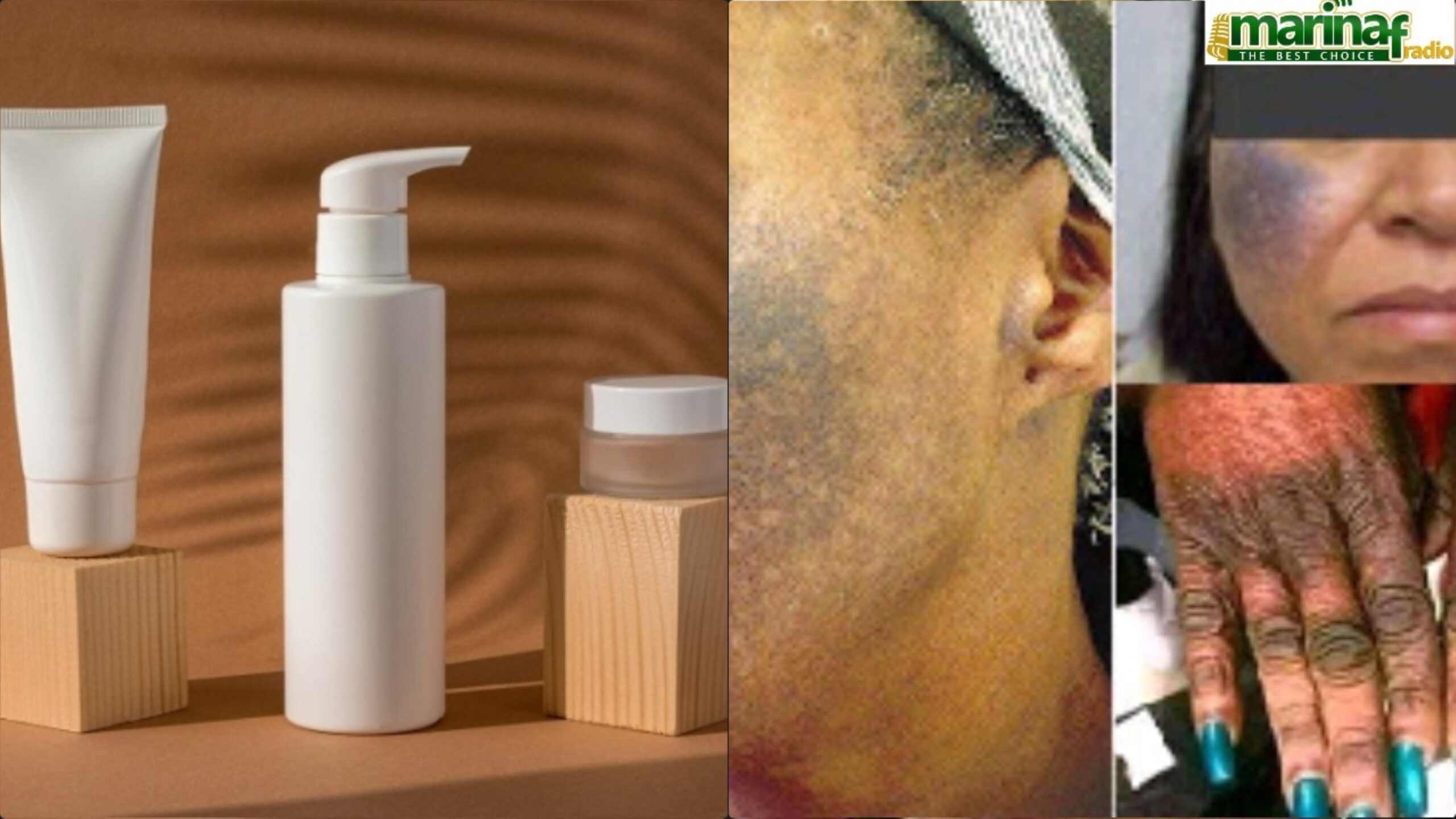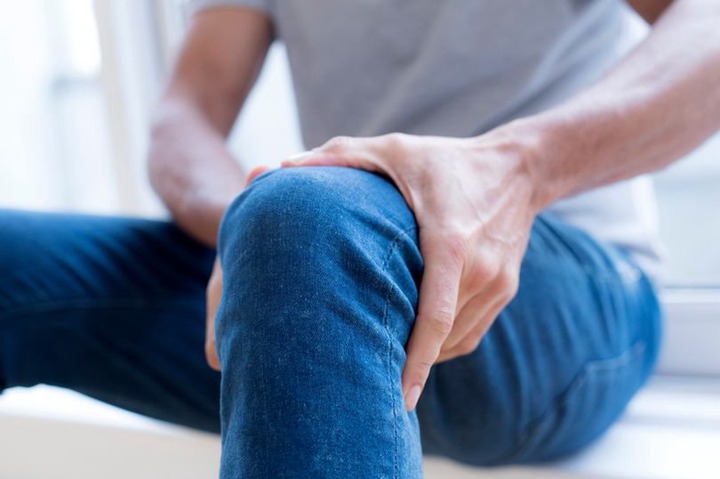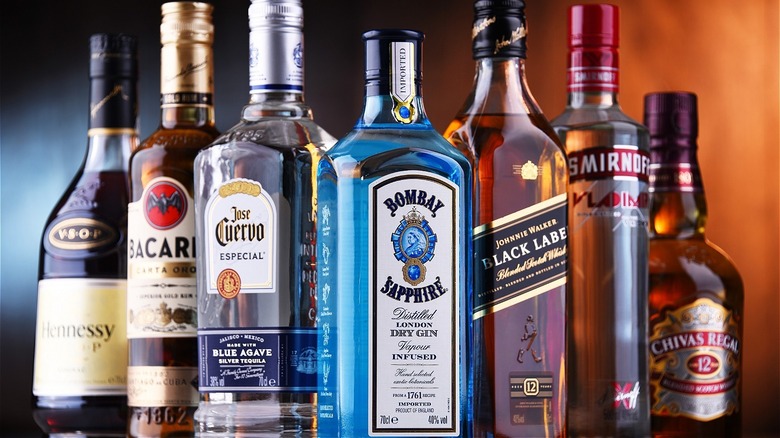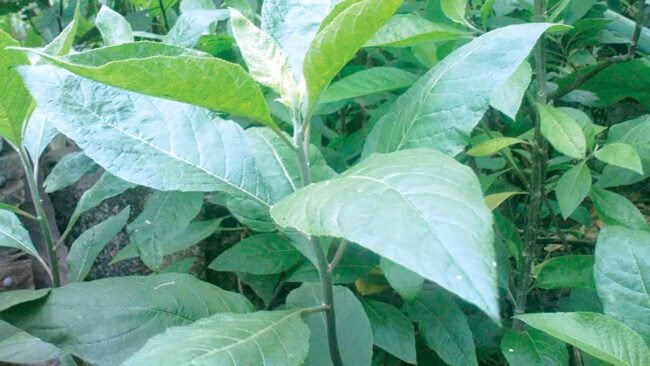The WHO said a recent meta-analysis revealed a global prevalence of skin bleaching of 27.1 per cent in Africa and around 25 to 80 per cent of African women regularly used skin-whitening products.
It said data from meta-analysis and meta-regression analysis of 68 studies showed that people aged 30 years and under had the highest prevalence of skin bleaching at 55.9 per cent, followed by those aged 31-49 years at 25.9 per cent.
It described skin bleaching as a global public health problem that needed urgent attention, pointing out that strong regulatory actions were required to ban the importation of harmful skin bleaching products.
Commenting on the issue of skin bleaching in a message to The Mirror, the WHO Country Representative to Ghana, Professor Francis Kasolo, said “we have recognised the health threats of skin bleaching. Therefore, by this analytical fact sheet, we are making efforts to draw attention to this and create awareness among the public to control the practice of skin bleaching in Ghana and Africa as a whole”.
Effects on health
The report said that skin bleaching had been associated with several adverse health effects such as dermatitis, steroid acne, discolouration, changes in skin thickness, inflammatory disorders and conditions such as mercury poisoning, nephrotic syndrome and exogenous ochronosis.
These health problems, it explained, were associated with ingredients such as hydroquinone, corticosteroids and mercury in skin lightening products, pointing out that a history of long-term use of skin lightening products was found in patients with skin cancers such as squamous cell carcinoma.
In addition to the skin problems, the report said chronic use of skin lightening products was associated with symptoms of mercury poisoning, nephrotic syndrome, adrenal insufficiency, Cushing’s syndrome, diabetes mellitus, osteonecrosis of the femoral head and life-threatening postoperative adrenal crisis.
“Studies have shown that people with bleached skin have slower wound healing due to thinner skin layers, delayed skin regrowth, reduced tissue support and impaired tissue formation. It increases the likelihood of wound infection, dehiscence (reopening of the wound), and bleeding. It is similar to wound healing complications caused by the use of steroids,” it said.
Response to skin-bleaching
On what to do, the report stated that healthcare professionals, including pharmacists, needed to be educated about local skin bleaching practices and the potential complications associated with the misuse of products containing corticosteroids and hydroquinone.
It said such knowledge would help them to identify adverse effects, provide advice and suggest safe alternatives such as high quality and affordable sunscreens.
It said public health strategies and programmes were needed to discourage the culture of colourism by advocating that all skin colours had their own beauty and using more dark-skinned models in commercials.
“Despite knowing the side effects of skin bleaching, people still choose to bleach their skin. This evidence strongly suggests that comprehensive public health awareness strategies are needed to discourage this practice. Skin bleaching is an important public health issue that requires broader campaigns that go beyond informing people about the health risks involved,” it said.





